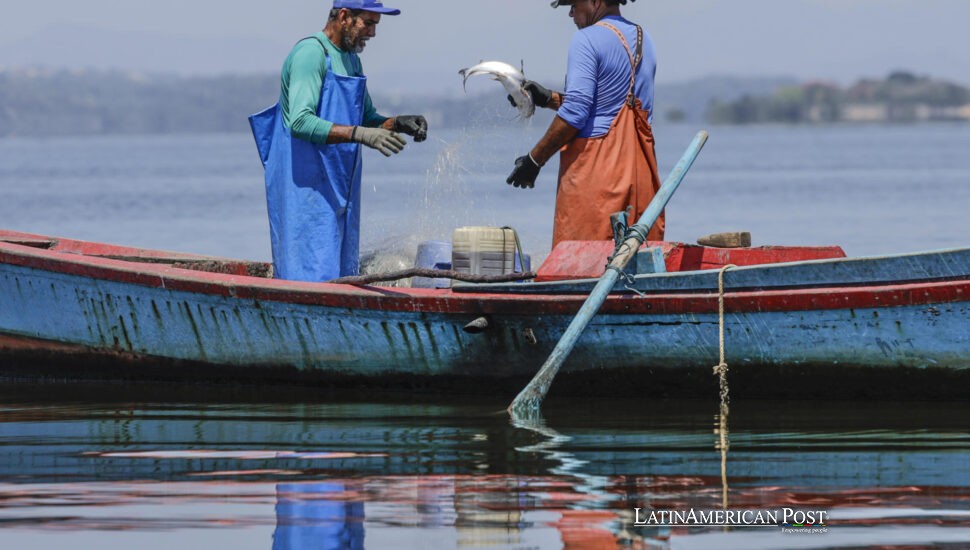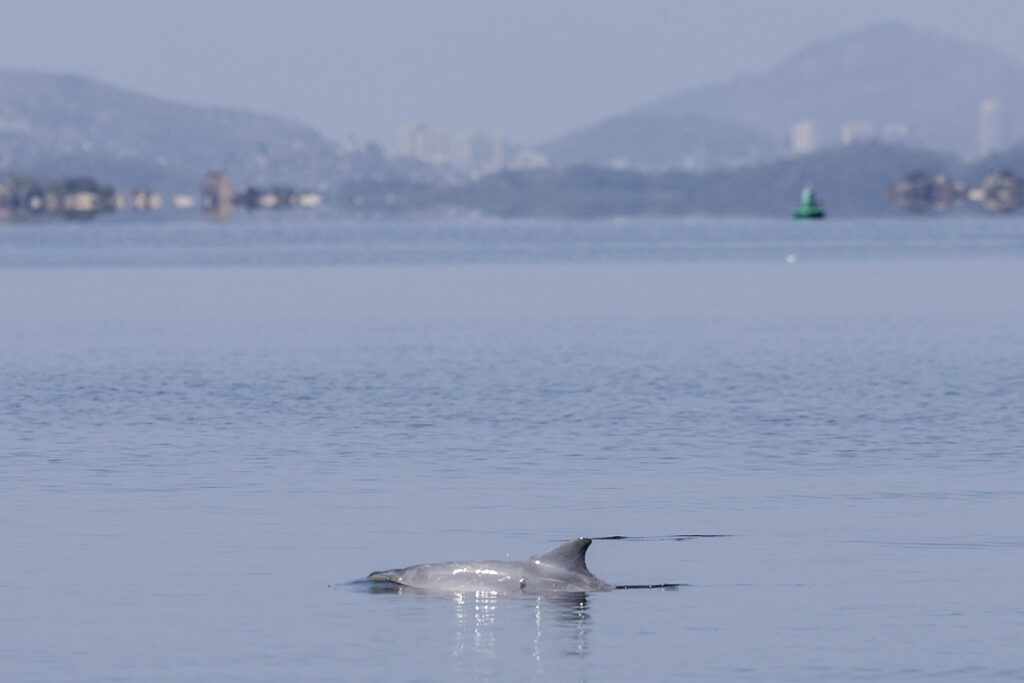Brazil’s Guardians of the Sea Pull Hope from the Mud

The mangroves breathe again. In Rio de Janeiro’s vast Guanabara Bay, a place long choked by plastic, tides now ripple through roots that had been buried in trash. Herons perch where bottles once bobbed, and flashes of pink—the returning roseate spoonbill—cut across the morning light. This quiet resurrection is the work of fishers, crab harvesters, and Indigenous families who call themselves Guardians of the Sea. Their tools are gloves, bags, and stubbornness. Their reward is the sound of water moving freely again.
Where A Cleanup Becomes a Comeback
In the municipality of Guapimirim, the bay’s last intact mangrove forest is becoming a case study in recovery. The NGO Guardianes del Mar launched a project called Del Mangle al Mar—”From the Mangrove to the Sea”—to pull solid waste from the estuary’s veins. In two years, the volunteers have hauled out more than 100 tons of trash from approximately 60 hectares, most of which is plastic.
The work’s results can be seen and heard. Crabs are back. Spoonbills sift the shallows with their wide, rose-colored bills. Offshore, gray dolphins chase mullet into schools so dense the surface trembles. “Today, after seeing the disaster of human impact on our coast, I learned how we can revitalize nature,” fisherman Marcelo Pereira de Oliveira told EFE. “We arrive here, remove the plastic in a week, and the next week the crabs are already sprouting.”
Every tire removed, every bottle collected, feels like oxygen returned to the bay. The project has turned a small corner of Guapimirim into a living proof of concept—a reminder that when people stop waiting for top-down salvation, the tide can turn upward.
Fishers And Indigenous Crews, Shoulder to Shoulder
This cleanup is not a charity drive parachuted in with glossy banners. It is the bay’s own people reclaiming the ground beneath their feet. The teams include caiçaras—traditional coastal families—as well as Indigenous groups and crab fishers who have lived by these tides for generations.
They wade through the sludge by hand, working in pairs, pulling up debris layer by layer: tires, helmets, dolls, chairs, even entire sofas. The rhythm is slow but relentless. “Few imagine the enormous amount of life that still exists here,” said fisherman Alaido Malafaia, who has spent four decades on these waters. “All depends on us, and we on them. That’s why we don’t give up,” he told EFE.
The project pays modest stipends during the closed crab fishing season—about two mornings of work per week—so that conservation does not compete with survival. “Where there’s a sofa, where there’s a tire, there are no crab burrows,” explained project coordinator Pedro Belga, president of Guardianes del Mar, in an interview with EFE. “Solid waste acts like a barrier that prevents life from sprouting.”
Their method is straightforward, their results are measurable, and their logic is irrefutable. The mangrove revives because the people who depend on it are finally paid to heal it.
An Island Made of Trash—And the Cost of Ignoring It
Not far from Guapimirim, the same bay offers a darker picture. About twenty kilometers away floats the so-called “Isla de la Basura,” or Trash Island, a drifting raft of garbage held together by current and indifference. Plastic bottles, shoes, refrigerators, and furniture fuse into a patchwork the size of several soccer fields. Over the course of thirteen months, Guardianes del Mar crews removed nearly 43,000 kilograms of waste from that site alone.
In nearby Sepetiba Bay, twenty caiçaras collected and disposed of another 3,000 kilograms of trash in three months. The statistics are as heavy as the bags they carry. But the most striking measure isn’t the waste removed—it’s what happens next. Within weeks, fish reappear, mangrove roots breathe, and the smell of decay gives way to salt.
This work has been going on, quietly, since 2001. The volunteers’ persistence has turned them into local experts on how to fix what the state neglects. They know that trash collects where planning collapses: in storm drains, under bridges, in mangroves that were once treated as the bay’s kidneys. The more they clean, the more they expose a truth larger than the bay—pollution is not a mystery, it’s a habit.

From Mangroves to COP30, Lessons for a Nation
The mangrove is Brazil’s unsung engineer. It filters sediment, buffers storms, shelters birds, breeds fish, and buries carbon deep in its black mud. It also reflects the country’s contradictions: environmental riches, bureaucratic poverty. Every piece of trash left in its roots is a small act of surrender. Every piece removed is a declaration that surrender is not final.
With COP30 approaching in Belém, Guardianes del Mar offers an example of climate action that doesn’t require speeches or summits. It’s measured in the weight of what they carry out and the life that comes back in. “It is essential when the mangrove is in dignified condition to receive visitors interested in species like the crab-uça,” said Rafael dos Santos, president of the Magé Crab Collectors Association, in remarks to EFE. “This cleaning is fundamental to show the respect we have and the enormous relevance of this ecosystem.”
That line is half pride, half manifesto. In the world’s fifth-largest economy, real environmental policy begins with local dignity. Pay fishers during the off-season so they can preserve, not exploit. Turn crab collectors into tour guides, not poachers. Make the mangrove a living classroom, not a landfill.
Also Read: Venezuelan Healthcare Crisis Drives Faithful to José Gregorio Healing Rooms
What’s happening in Guanabara Bay is not a miracle. It’s a manual. It shows that the health of a nation’s coast can be rebuilt one bag of trash, one crab burrow, one tide at a time. And as the sun sets over Guapimirim, the bay’s surface catches flashes of pink and silver—spoonbills and dolphins marking attendance.
No press release could say it better. Nature, given room, knows how to thank its rescuers.





